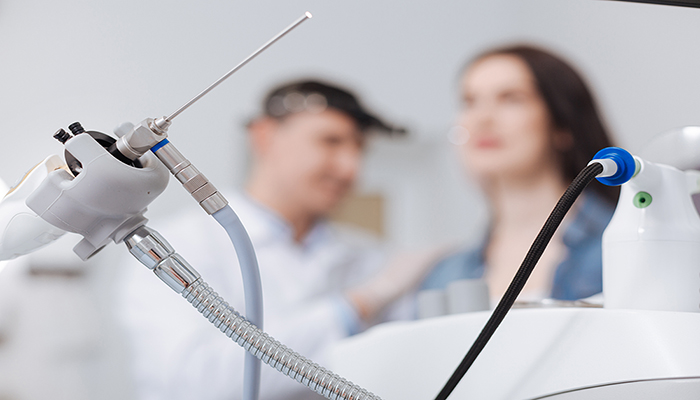Dott.Lino Di Rienzo Businco, Rome – Italy
INTRODUCTION
-Coblator system is not a new tool to do an old procedure
-Always the hand (and the brain) moves the wand
-perfectionism of coblation surgery
-avoid FANS during preoperative days
-preservation of rhinopharyngeal mucosa with controlled coblation adenoidectomy
-reach and remove completely choanal intranasal adenoid, with no residual tissue (as happens with cold adenoidectomy)
-always think to a “selective and precise surgery” of the adenoid (saving normal adjacent mucosa and openings of Eustachian tubes) during procedure
-no thermal injury to the nasal-pharyngeal mucosa using coblator for adenoidectomy
EQUIPMENT PREPARATION
-Insert the Procise XP Wand into the connector end of the patient cable. Align the raised dot on the wand handle with the black dot on the patient cable
-set the controller power level to 7-8 for ablation of the adenoids, and 3 for coagulation, depending on surgeon preference as judged by adenoid volume
-Nasal endoscope 0°, 2.7 mm diameter, connected to video-camera, for direct visualization of rhinopharynx cavity (no need of rubber catheter palatine retraction as when using mirror)
-Mc-Ivory open Mouth with proper size of pediatric tongue depressor
-Procise XP Wand malleable, curved till reach the superior portion of rhinopharynx and the opening to the Eustachian tubes
-Conformator to malleate and curve Procise Wand to the proper dimension of rhinopharynx without damage of suction function (see www.sidero.it)
-Cold saline solution flow connected to Wand for continue irrigation of operative field (if necessary drop saline solution also from nasal cavity)
-micro-suction tube for trans-nasal use
-surgical patties with local anesthetic
PATIENT PREPARATION
-anesthesiologist perform general anesthesia
-patient rest in the bed with the head at the same level respect the body
-apply topical nasal anesthetic+vasoconstrictor on surgical patties for 5-10 minutes on all long medial surface of the inferior turbinate to make easier the endoscope passage.
COBLATION ADENOIDECTOMY PROCEDURE UNDER TRANSNASAL VIDEO-ENDOSCOPY CONTROL
-Identify, with nasal endoscope 0°, the size of the adenoids and assess its border to reach
-place the open mouth on patient
-choose the correct double curve of Procise Wand able to reach all rhinopharynx
-activate foot pedal ablation when the wand is close but not in contact to the inferior edge of the adenoid
-Rhinopharynx always wet and clean to minimize pain and perform a very selective and precise adenoidectomy
-model proper the Procise wand to reach and ablate all the adenoid with precise movements and continue rotation of the wand
-careful insert and remove the wand in rhinopharynx cavity without trauma on uvula and soft palate
-perform an endoscopic check of all compartments to ensure to have removed all the adenoideal tissue
-verify the absence of any bleeding or mucosal damage
-if necessary coagulate bleeding areas
COMPLICATION TO AVOID
-ablation with the tip of the wand the Eustachian openings, uvula, soft palate
-forget to ablate choanal adenoids
-ablate with the tip of the wand too deep under adenoids, with formation of fibrosis or mucosal damage
DON’T FORGET
-Procise Wand adenoidectomy need quite a lot saline irrigation during procedure (no saline, no plasma field!)
-if the rhinopharynx is too deep and curved is possible that saline flow become few, then irrigate saline also form nasal opening
-if there is too much bleeding during adenoidectomy stop ablation and reach good bleeding control with coagulation before going on with the procedure
-do not activate the wand outside the cavity to prevent any palate or mucosal damage
IMMEDIATELY AFTER PROCEDURE
-Clean gently with patties the choanal opening and all rhinopharynx
-administrate antibiotic/analgesic therapy if necessary
PATIENT POST-OP INSTRUCTION
-edema and postnasal congestion could appear during the first week postop
-avoid blowing nose for the first 24 hours
-minor bleeding in nasal secretion is normal in the first 24 hours
-start nasal wash 3 times/day with saline nasal spray after 24 hours
-check the patient at 7-10 days post-op (last control after 1 month)
-inform the patient that increasing nasal flow after procedure will go on with better results during healing day after day till 15-20 days







Commenti recenti